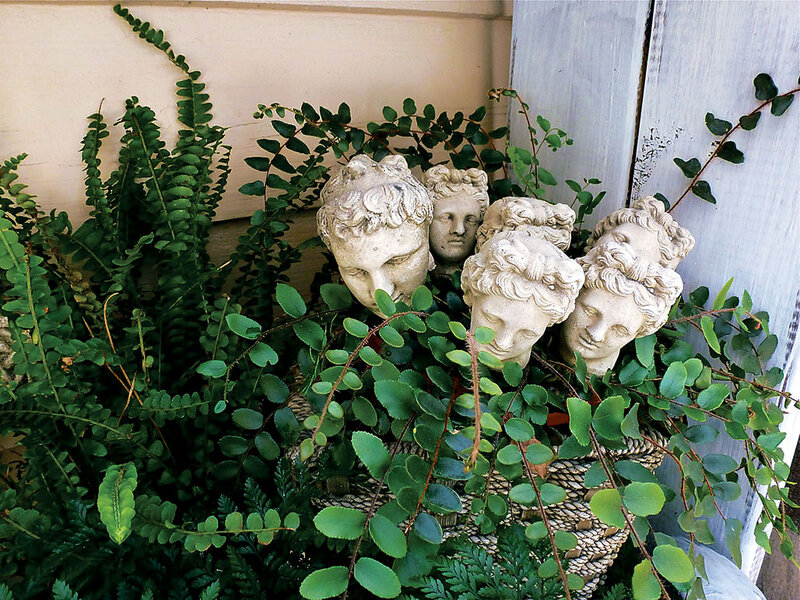The secret to lush ferns
Loading...
Scientists tell us that ferns have been around for as long as 400 million years.
Eons ago, before much of anything very interesting existed, ferns covered much of the prehistoric terrain. In the company of club moss, horsetails, and other ancient plants, ferns flourished, died, and decayed, eventually contributing to the formation of rich coal deposits.
Because they were hardy and adaptable, ferns evolved and spread to all but the most hostile climates. Along the way, a host of diverse varieties appeared – some were water babies, others epiphytic. (An epiphyte is a plant that grows on another plant, but not in a parasitic way. Orchids are an example.)
More than 10,000 species of ferns have been identified, and many more undoubtedly await discovery. Approximately 200 species, including the familiar Christmas fern, still populate the temperate areas of the United States.
Today, we generally think of ferns as decorative indoor plants – when they decide to cooperate. Modern in-house fern cultivation seems about as predictable as it was in the 1840s when enthusiasts first attempted to grow ferns inside. The Victorians quickly discovered what we know all too well in 2014: Some ferns make it; others don't.
But if ferns have been around for more than 400 million years, why can't many of us keep one alive for even a few weeks?
The solution is not complicated, but not easy. We will succeed at raising ferns if we:
•Select the right plant.
•Have the proper light.
•Provide adequate humidity.
•Water at the correct times.
Light and humidity are the keys to success. In most homes, humidity levels hover around 25 percent. A level between 40 percent and 75 percent is necessary to keep ferns fit. In addition, ferns despise cavelike conditions. They need light – bright light – and a dose of liquid houseplant fertilizer monthly, except in winter.
In choosing the right home for ferns, your best bet is a well-lit bathroom. The Boston, staghorn, maidenhair, button, petticoat, and "footed" ferns are all ideal for the bath area. The Boston fern and rabbit's-foot fern in particular will thrive in a bathroom with good southern exposure.
In other areas of the house, choose a window with bright afternoon sun and set the plant on a tray of pebbles filled with water to increase humidity. The tray should be as wide as the spread of the plant so water can evaporate around the fronds.
Once the humidity and light are right for your type of fern, you still must tackle the tricky watering problem. Experts say when leaves turn yellow or brown, the fern has been over- or underwatered. But which? You can cut back or step up your watering program. If the plant dies, you guessed wrong.
To avoid these problems, try filling the plant saucer to the brim with water, and let the fern sip it all week. Since most ferns come from moist environments, they don't mind having wet feet. And give them a dose of fish emulsion occasionally. They'll thank you for it.
By now, you may be thinking that raising ferns is a challenge, perhaps an art. Then why do so many of us still feel compelled to adopt a fussy fern?
The answer begins at the garden center. Every fern on display looks lush, green, and irresistible. It's easy to envision one of these specimens gracing some lackluster corner in one's home. And even if it winds up looking like a faded watercolor, the desire to try again triumphs.
Hope continues because ferns are beautiful, and no summer porch (we can dream, can't we?) seems truly complete without the delicate presence of at least one Boston fern.
But mostly, we will keep trying to tame the fractious fern because, despite our 21st-century know-how, there is something intriguing about a plant that has survived since long before the dinosaurs.
And no doubt, with or without our help, ferns will be around for another 400 million years.





